Top 5 Google Ad Manager Alternatives for News Publishers

Google Ad Manager (GAM) is the most commonly used ad serving software in the publishing industry — but not for the reasons you’d expect.
Publishers have been using Google Ad Manager as an ad exchange platform since 2018, when Google combined the features of two former services from its DoubleClick subsidiary, DoubleClick for Publishers and DoubleClick Ad Exchange. Ad Manager’s rise to prominence is primarily the result of high name recognition and low cost. Google is one of the most widely-recognized brands in the world. This instant name recognition is a powerful selling point. Plus, when it comes to price, it’s hard to beat free. GAM has been able to capture a large share of the publishing market by offering its platform at no cost.
Given that, you might be wondering why more and more publishers are making the switch away from Google.
Why Publishers Are Switching Away From Google
While Google Ad Manager covers the basic needs of most general interest publishers, offering a straightforward way to upload and schedule ads to run on a website, it lacks the kind of high-end features and personal customer support that today’s digital publishers need to thrive. Yes, Google Ad Manager supports ad exchanges and networks like AdSense and Ad Exchange, along with some third-party networks and third-party exchanges. However, a growing number of publishers are moving away from AdSense and Ad Exchange and allocating more resources to direct sales, especially as the pending assault on the cookie stands to create problems for programmatic networks. Smaller, niche, and hyperlocal publishers in particular are finding that Google Ad Manager no longer meets their needs.
There are plenty of other reasons why digital publishers are making the switch away from Google. In addition to customer support, many publishers say they are looking for strategic guidance from their ad manager. Publishers (and the advertisers they work with) want to understand what is and isn’t working with their ad campaigns. And in the event that something goes wrong, they want to know what to do and how to fix it. All of these are challenges that Google has yet to address, and are just a few of the reasons why publishers are pulling away from Google and looking for Google Ad Manager alternatives.
Additional concerns that publishers have cited when using Google Ad Manager include:
- Confusing user interface
- Challenging set up
- Difficult to use
- Limited ad sales tools
- Lack of clear, easy, and useful reporting
- No ongoing support while campaigns are in progress
Thankfully, publishers do have other options. A number of ad manager’s other than google are also on the market. Many have features designed to help digital publishing companies. However, answering which one is right for you depends on your publication’s specific needs.
If you use or are currently looking for an ad manager, these are five options to consider:
5 Alternatives to Google Ad Manager
1. Broadstreet
Broadstreet Ad Manager is clearly the best option for publishers with direct digital sales. Built for and trusted by local and regional newspapers, magazines, and niche media businesses of all sizes, Broadstreet has the most expansive selection of high-performing ad formats on the market. Broadstreet also saves publishers time by offering automated reporting and top notch customer support. Broadstreet is the only ad manager focused on the success of digital publishers engaged in direct sales. For proof that Broadstreet is walking the walk, it is the #1 rated ad server for publishers on G2.
2. AdButler
A solid solution among ad managers, AdButler cover what you’d need out of traditional banner management. As an ad manager, AdButler is a true jack of all trades. Although it does perform (speed-wise) better than Google Ad Manager, it hasn’t gained much traction within the niche publication communities because it lacks the features that cater to direct sales needs. High volume ad networks focusing on traditional banner and javascript creatives may do well to explore AdButler though.
3. Kevel
For publishers that want to build out their own ad manager solution from scratch, Kevel is a good option to try. Kevel provides publishers with ad serving APIs, which they can use to build custom ad platforms for sponsored listings and native ads. As some publishers may know, Kevel was previously known as Adzerk.
4. Revive
Revive is an open source advertising solution for publishers. Crucially, Revive is a self-hosted platform. This makes it a good choice for publishers with riskier content that may not be suitable for a traditional ad network, but it comes as the cost of self-hosting and managing a web application. Publishers can serve ads on websites, in apps, and in video players, and they can also collect statistics including impressions, clicks, and conversions.
5. Epom
Publishers that are completely focused on programmatic advertising will want to check out Epom. Epom is an ad serving platform for networks, with comprehensive ad serving capabilities and efficient cross-screen advertising solutions. It’s considered a good alternative for large publishers that want to buy and sell traffic programmatically or run multi-screen campaigns.
To learn even more about the differences between Broadstreet Ads and Google Ad Manager, click here.
Subscribe to Our Blog
Stay up to date with the latest marketing, sales, and service tips and news.

